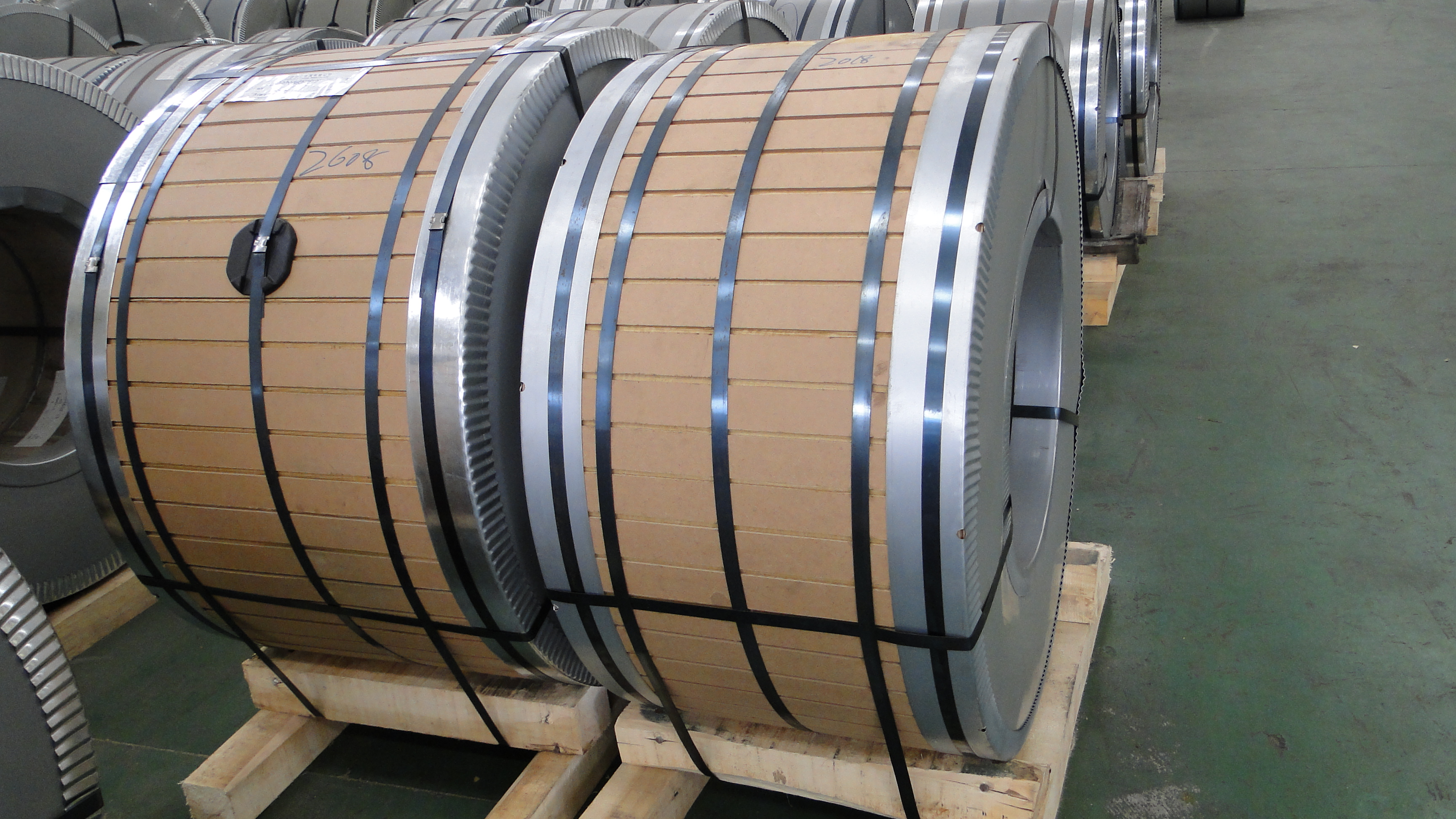The process flow of
stainless steel plate is: raw material preparation-annealing and pickling-+(intermediate grinding)-rolling-+intermediate annealing and pickling-+rolling-finished product annealing and pickling-leveling_+(finished product grinding and polishing)-shearing One pack into storage.
The purpose of heat treatment is to adjust the structure, remove work hardening, and facilitate deep processing. Ni—Cr stainless steel is usually annealed in a continuous furnace, and Cr stainless steel is annealed in a bell furnace. The operation and control of the continuous furnace is messy and the technical content is high. Ni-Cr stainless steel is solid solution treated, and the key is rapid cooling, which requires a cooling rate of 55°C/s, and quickly passes through the re-separation temperature zone (550°C-850°C) after carbide solid solution. The holding time should be as short as possible, otherwise the coarse grain will affect the smoothness. The heating temperature of Cr series stainless steel is low (about 900 ℃), and slow cooling is mostly used to obtain annealed softening structure. The continuous annealing furnace is divided into direct heating type and bright annealing furnace with protective gas according to different heating methods. The direct heating type can be divided into horizontal furnace and vertical furnace, and horizontal furnace is more widely used. The horizontal annealing furnace consists of two parts: heating section and cooling section. The heating section has been expanded from a split type to an integrated one, saving energy consumption by 50%. There are furnace rollers inside the furnace to support the steel strip. The furnace rollers are of a mother-in-command structure, that is, one large roller has two small rollers with an arrangement of 1800, one is working and the other is standby.
The spare roll can be quickly and conveniently transferred to the working position when the roll is changed for maintenance. The length of the furnace depends on the output value of the furnace. If you want to increase the heating capacity, you can only increase the length of the furnace. However, the tension caused by the overhang of the strip steel in a high temperature state is limited to a certain extent. In order to overcome this limitation, it is necessary to add furnace rollers in the furnace, which becomes a whole, so as to improve the heating efficiency. Some foreign factories have adopted vertical furnaces. The actual operation shows that the vertical furnace has the following problems:
(1) To make the strip run smoothly and avoid scratches on the surface of the strip, the upper and lower steering rollers should be lined with rubber;
(2) When designing the tension control, it is necessary to consider the allowable tension of the strip at high temperature and the self-weight in the high temperature section and the cooling section, so the height of the vertical part of the furnace is subject to certain constraints. Therefore, vertical furnaces with direct heating have not been widely used.



